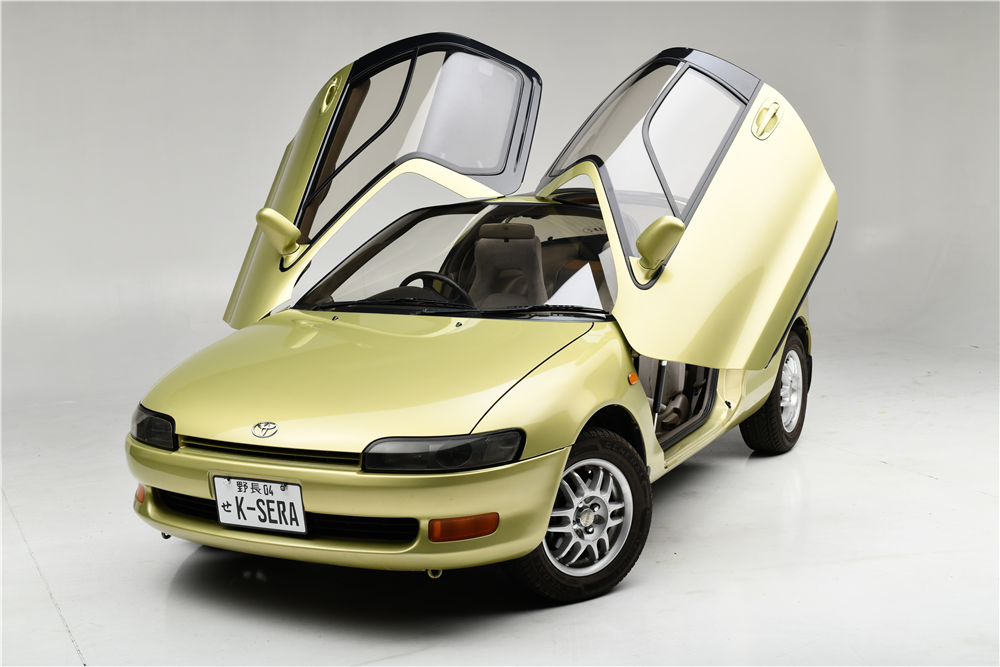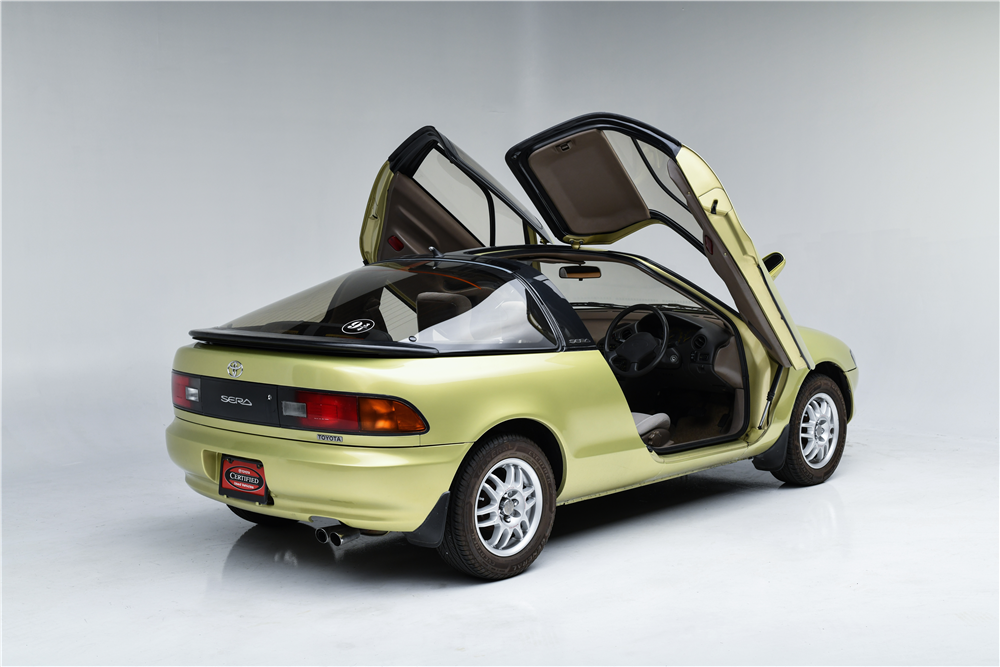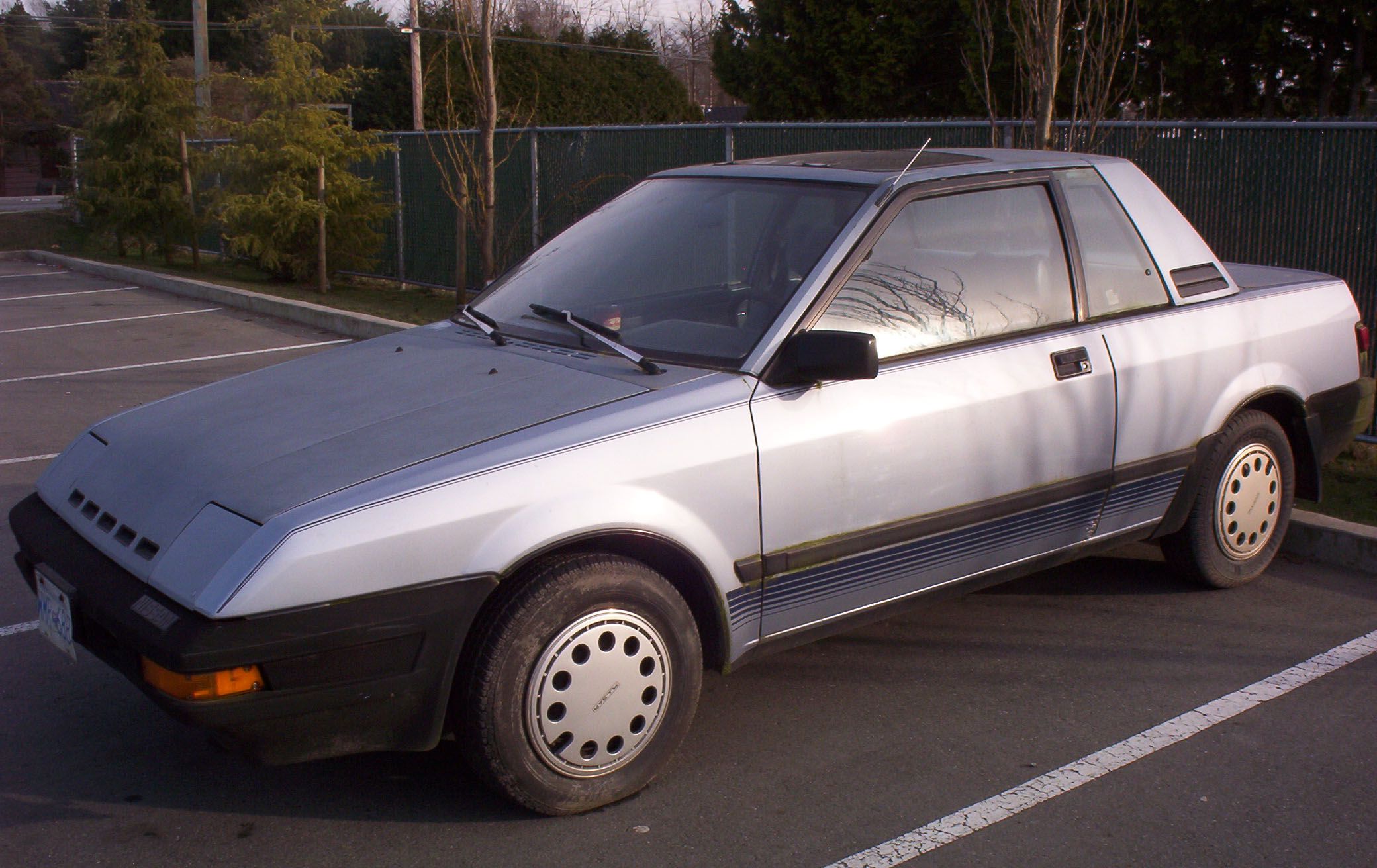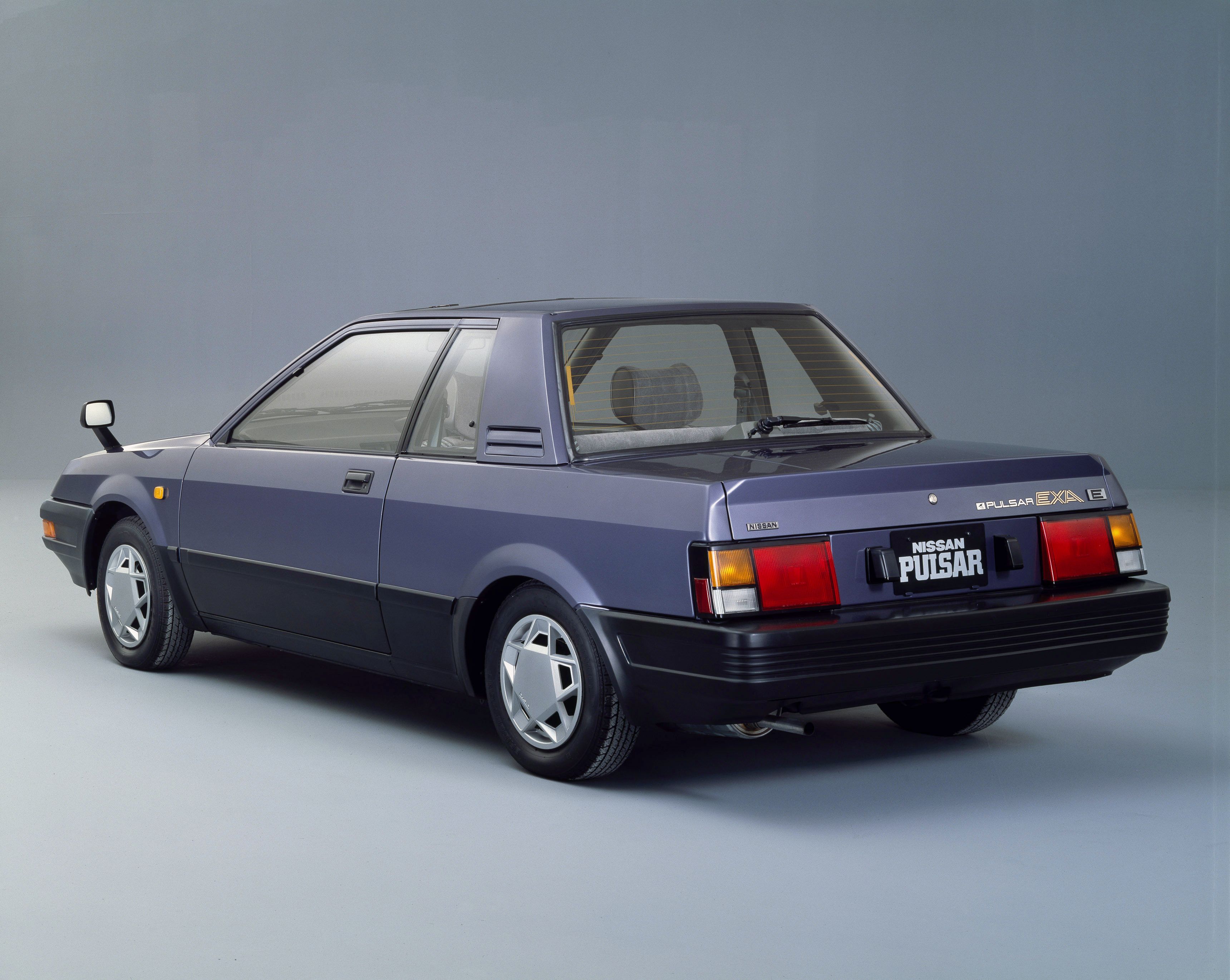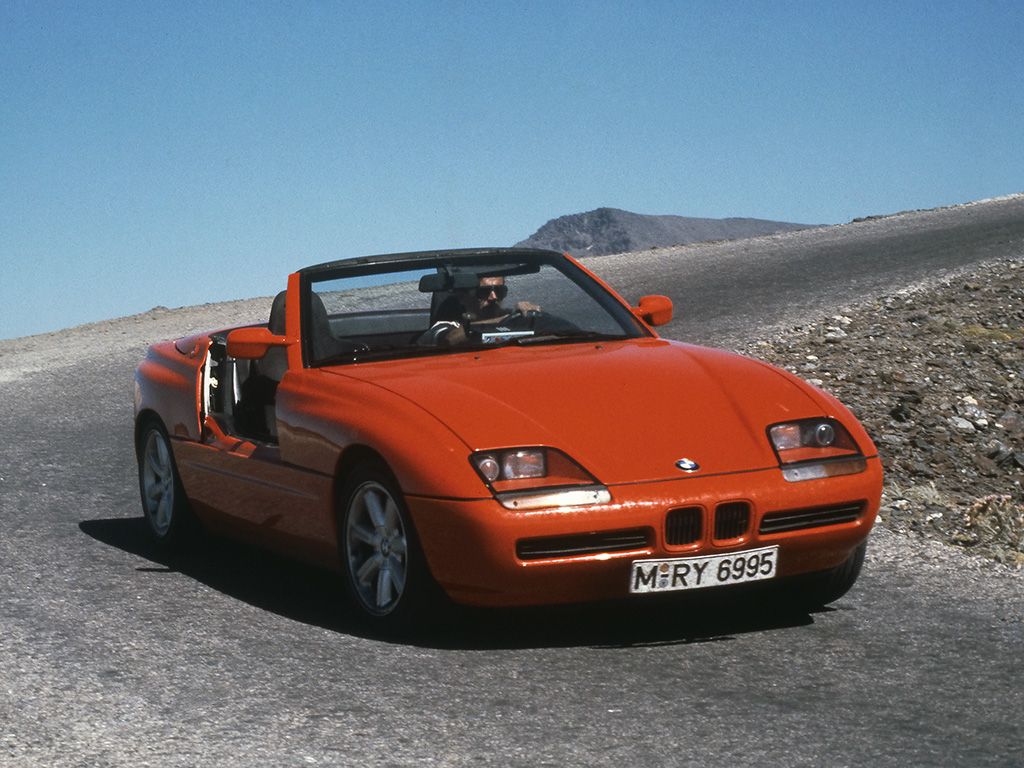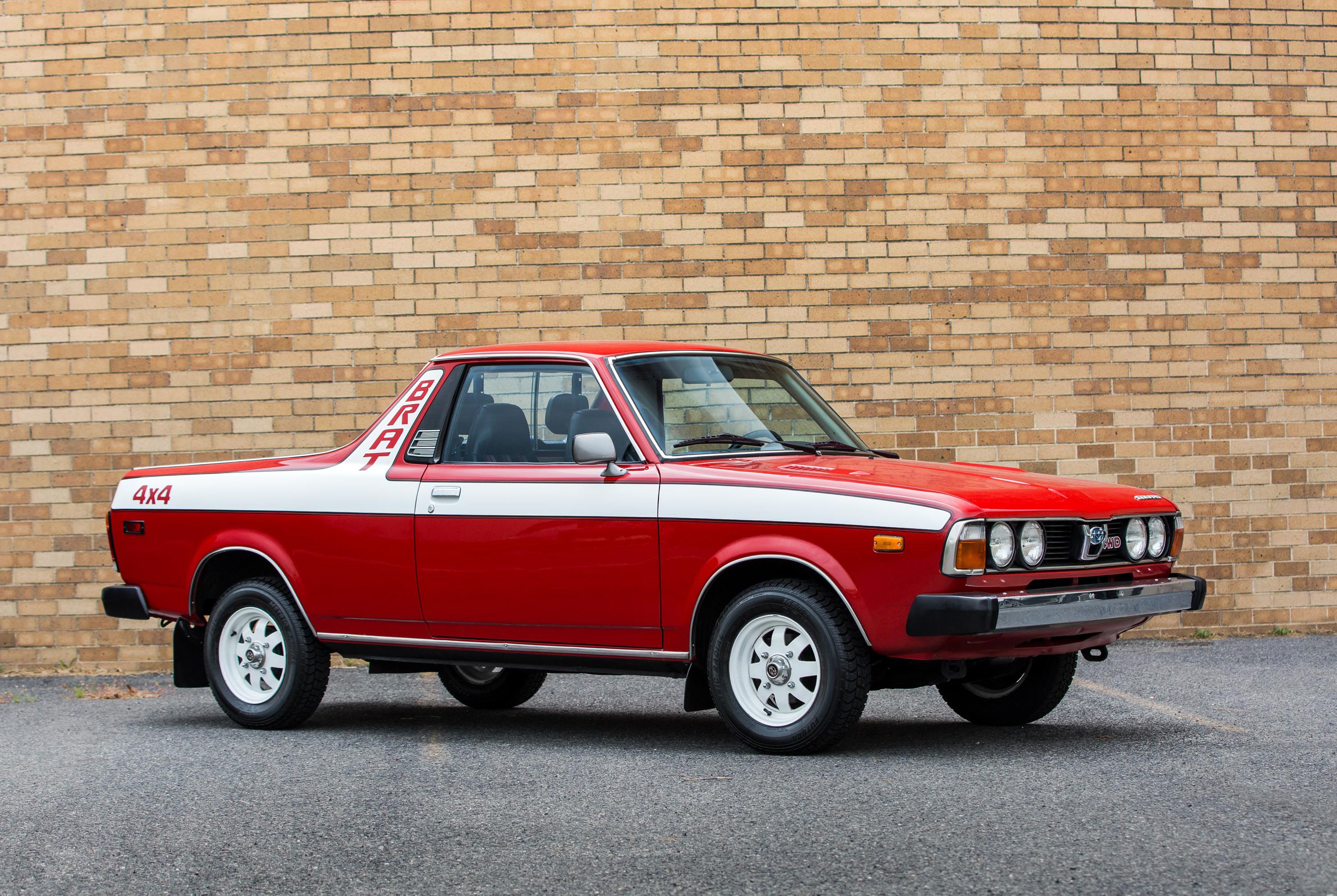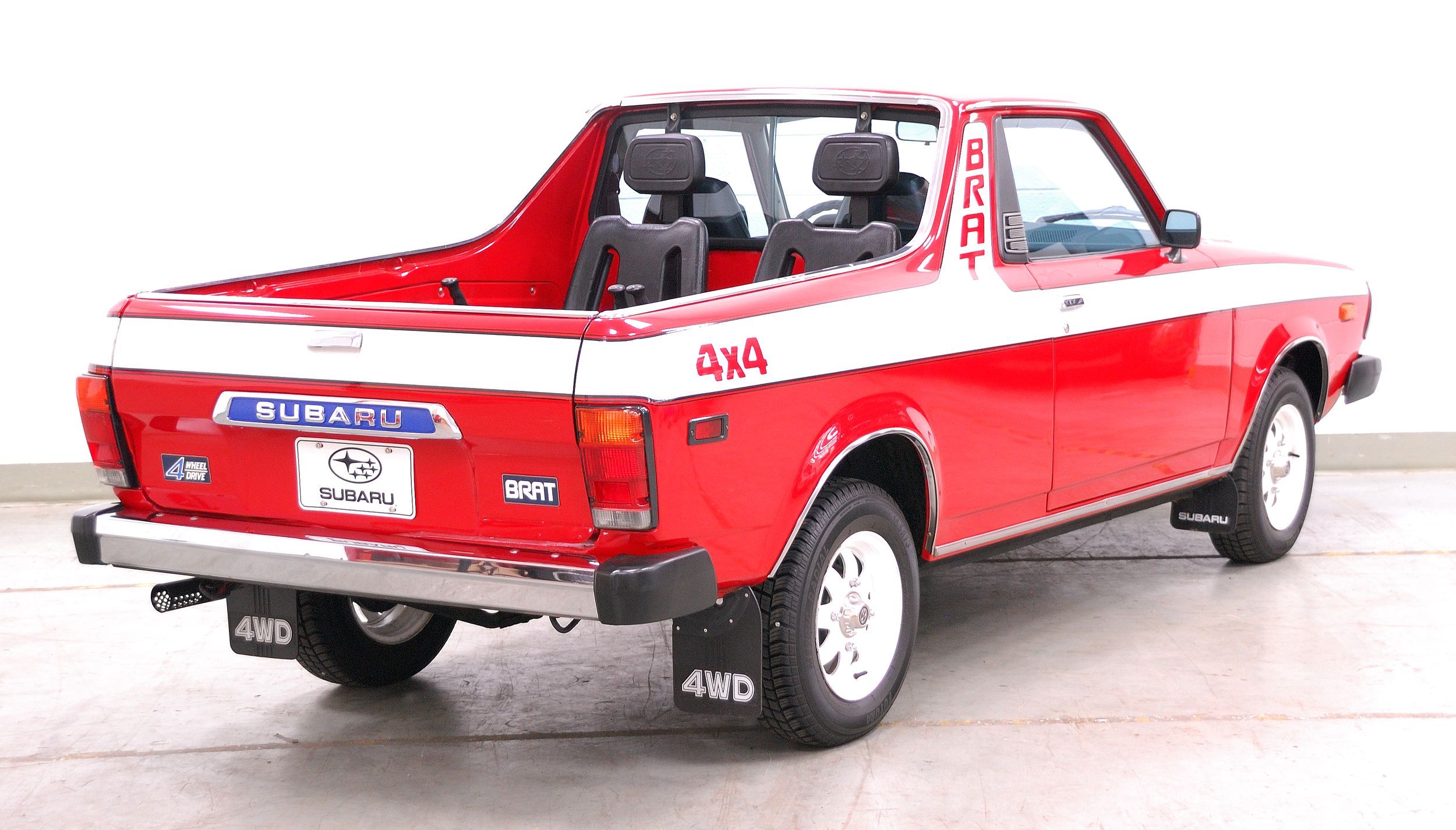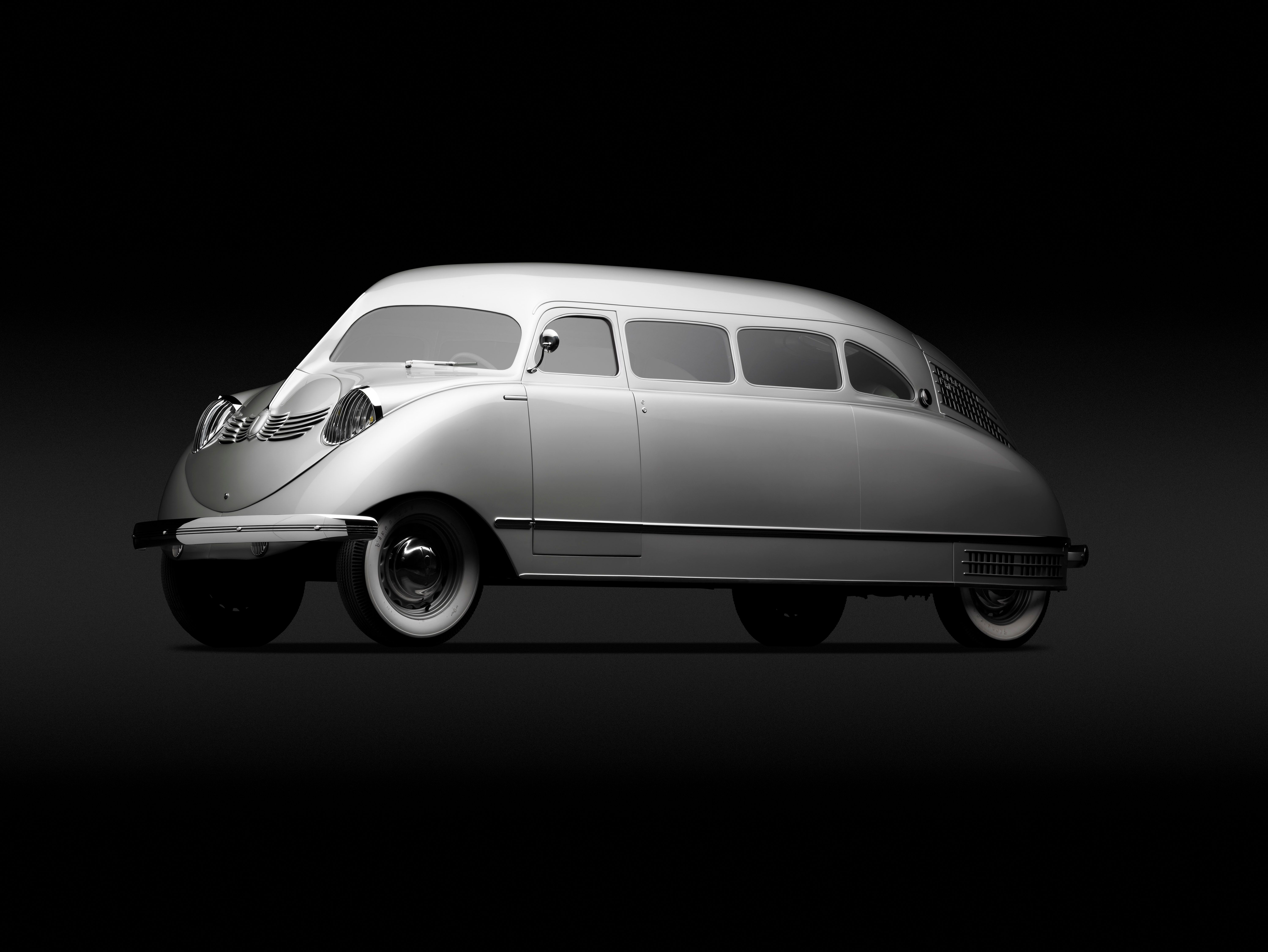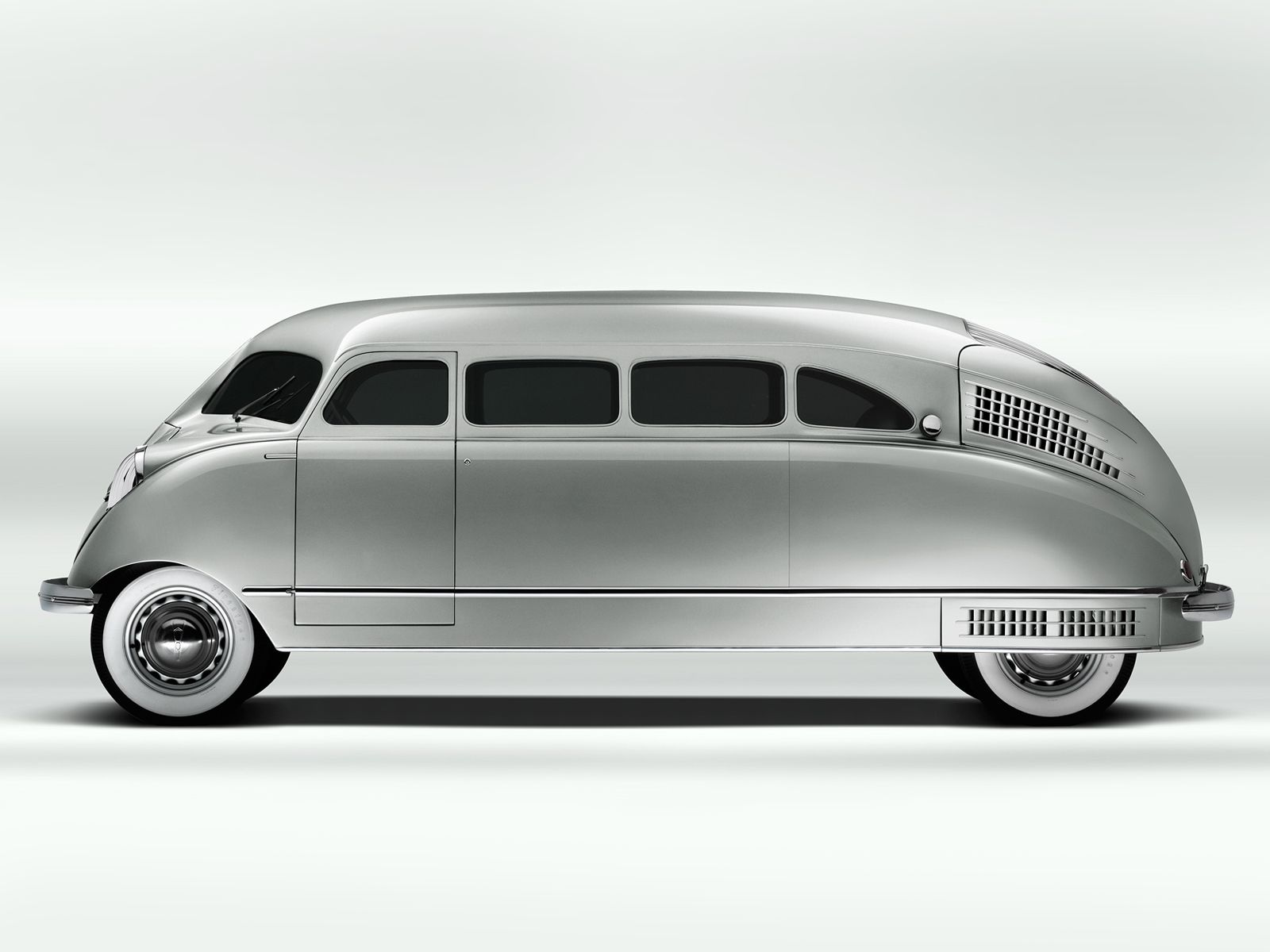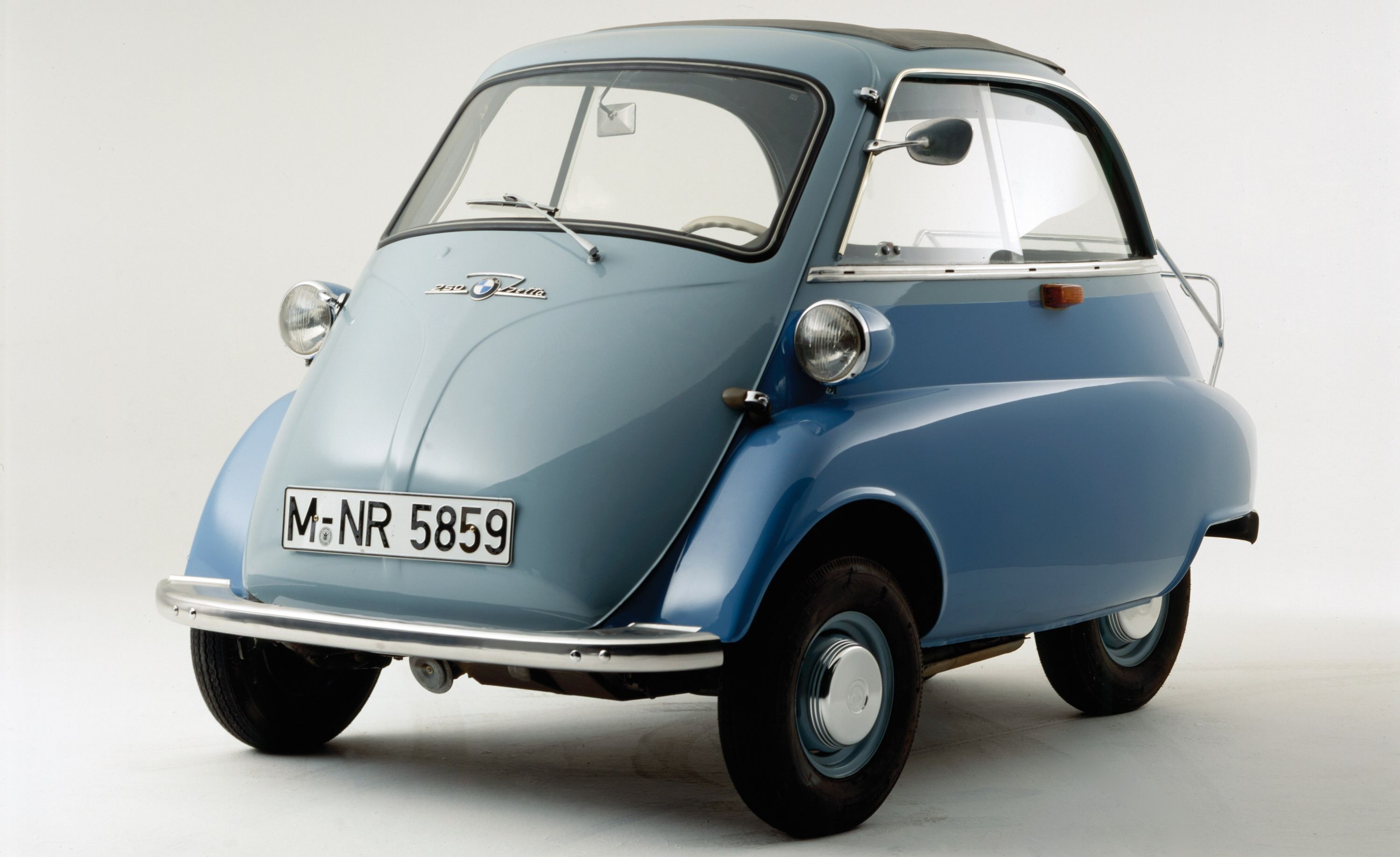Cars come in all shapes and sizes. Some cars look like they were designed to be award-winners. Other cars look like they were created by people who don’t know what they’re doing. Then some cars lie somewhere in between. They are neither apples to our eyes nor are they sights for sore eyes. They’re unique in the weirdest and most bizarre ways imaginable. Whether they have six headlamps or six wheels, these cars are remembered for the way they look as much as anything else. These are the 10 weirdest and most bizarre cars ever made.
1990 Toyota Sera
The Toyota Sera holds a special place in my heart. As a kid of the 1990s, the Sera was one of my favorite cars. It wasn’t particularly powerful — it came with a tiny 1.5-liter inline-four cylinder engine that produced 108 horsepower and 97 pound-feet of torque — nor was it an apple to anybody’s eyes. Open its two doors, though, and that’s where the fun starts.
I’ll write that again. The Saleen S7 and the McLaren F1. Those are two of the fastest and most powerful cars of that decade, and the 108-horsepower Sera shared something with them. Toyota even took things to the next level, installing a glass, canopy-stye roof on the Sera because, well, it probably thought it’d look cool with that setup. It caught my attention as a kid, but looking back on it, the Sera is more bizarre than it is cool.
1990 Toyota Sera specifications
|
Engine: |
1.5-liter inline-four cylinder engine |
|---|---|
|
Horsepower: |
104 horsepower |
|
Torque: |
97 pound-feet of torque |
|
0 to 60 MPH: |
10.5 seconds (estimate) |
|
Top Speed: |
125 mph (estimate) |
2004 Chevrolet SSR
The Chevrolet Super Sport Roadster (SSR) is a retractable hardtop convertible pickup truck. Confused? You weren’t the only one. Chevrolet produced the SSR between 2003 and 2006, and the recency of it all means that our scars haven’t healed yet. The SSR was a bad idea from the very beginning, but with the sales success of retro-styled models like the Chevrolet PT Cruiser, Chevrolet swung for the fences with its own retro-inspired model that owed its design heritage on a model from Chevrolet’s Advance Design pickup trucks that were sold in the 1940s. It didn’t help that Chevrolet looked like a hodge-podge of different body types, thrown all together because that was the cool thing to do back then. Unfortunately for Chevy, the SSR never got off the ground. It lasted only two years in the market, in part because people were too weirded out by it.
2004 Chevrolet Super Sport Roadster (SSR) specifications
|
Engine: |
5.3-liter LM4 V-8 engine |
|---|---|
|
Horsepower: |
300 horsepower |
|
Torque: |
335 pound-feet of torque |
|
0 to 60 MPH: |
7.7 seconds |
|
Top Speed: |
126 mph (estimate) |
Read our full review on the 2004 Chevrolet SSR
1984 Nissan Pulsar NX
The Nissan Pulsar NX is another car of the weird block, but, unlike the Chevrolet SSR, the Pulsar NX exudes the cool style of weird.
Put the hatch back in place and the Pulsar NX became a shooting brake model. The hatch itself serves no purpose other than what’s mentioned so you could say that Nissan pulled the vanity card in the design of the Pulsar NX because it wanted to. The idea that owners could change the look of the Pulsar NX depending on their mood wasn’t lost on anyone.
The Pulsar NX enjoyed a lot of success during its four-year production run, and, to this day, if someone spots a Pulsar NX and knows what he/she is looking at, you can expect them to ask the same question: where’s the shooting brake canopy?
1984 Nissan Pulsar NX specifications
|
Engine: |
1.5-liter E13 inline-four cylinder engine |
|---|---|
|
Horsepower: |
113 horsepower |
|
Torque: |
105 pound-feet of torque |
|
0 to 60 MPH: |
8.8 seconds |
|
Top Speed: |
115 mph (estimate) |
1990 BMW Z1
BMW is responsible for some of the most beautiful cars you’ll ever see. The BMW M1 is a good example of German design and engineering done right. That said, BMW’s also responsible for some oddities, and no model best exemplifies than the dear ‘ol Z1.
It didn’t come with the traditional BMW look of its time. The kidney grille was too small to the point that it looked like a rat’s nose. It featured peculiar headlamps that were dropped far into the hood. And, yes, let’s not forget about the vertically sliding doors that dropped into the door sills.
BMW thought it stumbled into a game-changing innovation with those sliding doors, but the mere fact that Bimmer never attempted something of that design in any of its future models suggest otherwise. The Z1 had some things going for it; there are no doubts about that. It was one of the first Bimmers to use a multi-link rear suspension and its engine — a 2.5-liter straight-six unit that produced 168 horsepower and 164 pound-feet of torque — provided enough juice to make the Z1 a punchy sports car. But, for better or worse, it’ll always be remembered for those doors.
1990 BMW Z1 specifications
|
Engine: |
2.5-liter straight-six engine |
|---|---|
|
Horsepower: |
168 horsepower |
|
Torque: |
164 pound-feet of torque |
|
0 to 60 MPH: |
7.9 seconds |
|
Top Speed: |
136 mph |
Read our full review on the 1990 BMW Z1
1986 Lamborghini LM002
Long before the Urus gave us a taste of what a super SUV from Lamborghini was capable of, the Italian automaker created this monstrosity. It’s called the LM002, and it’s an off-road truck that Lamborghini initially built for military use. Eventually, production models were built during the model’s seven-year run from 1986 to 1993.
As strange as it was for Lamborghini to produce a full-blown off-road truck at a time when it was known for hand-built performance cars, the LM002 has somehow become a unicorn Lambo in its own right. It’s a sought-after model among Lamborghini collectors and with the arrival of the Urus, it has, in its own way, become the new SUV’s spirit animal. Still, the LM002 was — and still is — one of the most bizarre creations you'll ever see from a performance car brand.
1986 Lamborghini LM002 specifications
|
Engine: |
2.5-liter straight-six engine |
|---|---|
|
Horsepower: |
168 horsepower |
|
Torque: |
164 pound-feet of torque |
|
0 to 60 MPH: |
7.9 seconds |
|
Top Speed: |
136 mph |
Read our full review on the 1986 Lamborghini LM002
1980 Subaru BRAT
The name says it all, doesn’t it? This is the Subaru BRAT. It’s a light-duty, four-wheel-drive coupe utility vehicle, or “ute,” as they’re called in Australia and New Zealand. Never mind that utes are inherently weird to look at by having tonneaus behind the passenger compartments; the BRAT takes the weirdness to another level with its name.
The model itself isn’t particularly exciting to look at and it never came with an engine that was bigger than 1.8-liter four-cylinder unit. Remarkably, the BRAT has become a popular collector piece among car enthusiasts who enjoy the vehicular oddity — or two — in their garages. The Subaru BRAT certainly counts as an oddity in every description imaginable.
1980 Subaru BRAT specifications
|
Engine: |
1.8-liter four-cylinder engine |
|---|---|
|
Horsepower: |
80 horsepower |
|
Torque: |
94 pound-feet of torque |
|
0 to 60 MPH: |
10.5 seconds |
|
Top Speed: |
95 mph |
2013 Mercedes-Benz AMG G 3 6X6
Just like BMW, Mercedes has been responsible for some of the most incredible looking vehicles in the history of the car industry. On the opposite end of that spectrum sits the weird and bizarre creations from Mercedes. They, too, come in all shapes and sizes, including this moving monolith.
The AMG G 63 6X6 is powered by a 5.5-liter twin-turbo V-8 engine that produces 536 horsepower and 561 pound-feet of torque. It measures 231.3 inches long and it has six wheels. All that said, the G 63 6X6 can still sprint from 0 to 60 mph in just 7.8 seconds, making it one of the scariest production vehicles on the road.
Mercedes launched the AMG G 63 6X6 in 2013 and only a few models are out in the market, largely because the German automaker decided to cut production to maintain its exclusivity. This monstrous vehicle of mayhem is, without question, one of the craziest models ever built.
2013 Mercedes-AMG G 63 6X6 specifications
|
Engine: |
5.5-liter twin-turbo V-8 engine |
|---|---|
|
Horsepower: |
536 horsepower |
|
Torque: |
561 pound-feet of torque |
|
0 to 60 MPH: |
7.8 seconds |
|
Top Speed: |
100 mph |
Read our full review on the 2013 Mercedes-Benz AMG G 3 6X6
1930 Stout Scarab
It certainly looked the part of one, and by that, I mean an actual scarab, a specie of beetle that can be found just about anywhere in the world. It’s unclear why William Stout, the man behind the Stout Motor Company, was so fascinated about scarabs that he built a minivan that’s shaped like one and even used the beetle’s name on his creation. By way of its age, the Scarab is now a huge collector’s piece. It wasn’t the most functional vehicle of its time — rear visibility was next to none — but in many ways, the weirdness of its design helped contribute to its lasting legacy. No one will remember that the Scarab was once thought of as an ugly vehicle. These days, it’s called a fine example of Art Deco design. It’s a fitting turnaround for one of the pioneers of the minivan segment.
1930 Stout Scarab specifications
|
Engine: |
3.6-liter V-8 engine |
|---|---|
|
Horsepower: |
95 horsepower |
|
Torque: |
154 pound-feet of torque |
|
0 to 60 MPH: |
15 seconds |
|
Top Speed: |
75 mph |
Fiat Multipla
We’ve seen a lot of automakers experiment with headlamp setups in the past to varying degrees of success. Some, like BMW with the M1’s pop-up lights, pull it off spectacularly. Others, like Nissan with the Juke crossover, aren’t as visually stimulating. Then there’s Fiat, which built the Multipla with the idea that perhaps two headlamps aren’t enough to cast a clear light on the road.
Yes, the Multipla’s windshield is elevated. How’s that for an oddity, too? Over the years, the Multipla has bagged plenty of design awards…for all the wrong reasons. It’s been named the Ugliest Car in the World so many times that it’s become a badge of honor for the beleaguered MPV. You probably won’t find a lot of Multiplas on the road these days because of that. Can’t say we can blame those who actually still own one.
Fiat Multipla specifications
|
Engine: |
1.9-liter Multijet inline-four cylinder engine |
|---|---|
|
Horsepower: |
120 horsepower |
|
Torque: |
152 pound-feet of torque |
|
0 to 60 MPH: |
12 seconds |
|
Top Speed: |
n/a |
Read our full review on the Fiat Multipla
1950 BMW Isetta 300
Other than all those disclaimers, the BMW Isetta 300 is a normal car. Technically, the Isetta 300 is classified as a microcar, and despite its weirdness, the Isetta 300 was actually a hot ticket vehicle in the 1950s, earning the status as the top-selling single-cylinder car in the world with over 161,000 units sold. The Isetta was lost to the history pages until it was featured in several publications, television programs, and movies in the last two decades. The microcar’s comeback to automotive consciousness has turned it into an in-demand classic that underscores its status as one of the most unique models BMW has ever built.
1950 BMW Isetta 300 specifications
|
Engine: |
298cc one-cylinder engine |
|---|---|
|
Horsepower: |
13 horsepower |
|
Torque: |
13.6 pound-feet of torque |
|
0 to 60 MPH: |
27.7 seconds |
|
Top Speed: |
53 mph |
Read our full review on the 1950 BMW Isetta 300
Why do prototype cars have weird paint jobs?
The paint job we commonly see on prototype cars are often called “camos” or “swirlies.” They’re black and white in color and often come with intricate patterns. Some are confused by the nature of these wraps, but there is a method to the madness. Automakers deliberately wrap their prototypes in these patterns to prevent car photographers from taking an in-focus picture of the prototype. A camera’s auto focus system uses a subject’s colors to figure out its focus. With these wraps, cameras can’t capture those pictures, especially with low-resolution images.
Why do concept cars have weird paint?
When they’re first shown to the public, concept cars often wear flashy paint to stand out even more than they already do. These paint finishes — some call them weird — sometimes make their way to production models if there’s enough public demand to see it, either as a standard finish or as an option.
Why do electric cars look weird?
Electric cars look weird because their architecture sometimes prevents automakers from giving them the kind of design language that gas-powered cars have.
Who invented cars?
Karl Benz, the “Benz” in Mercedes-Benz, is regarded as the man who invented cars after he applied for a patent application for a “vehicle-powered by a gas engine” on January 29, 1886. The patent — number 37435 — is regarded as the “birth certificate” of the automobile.

